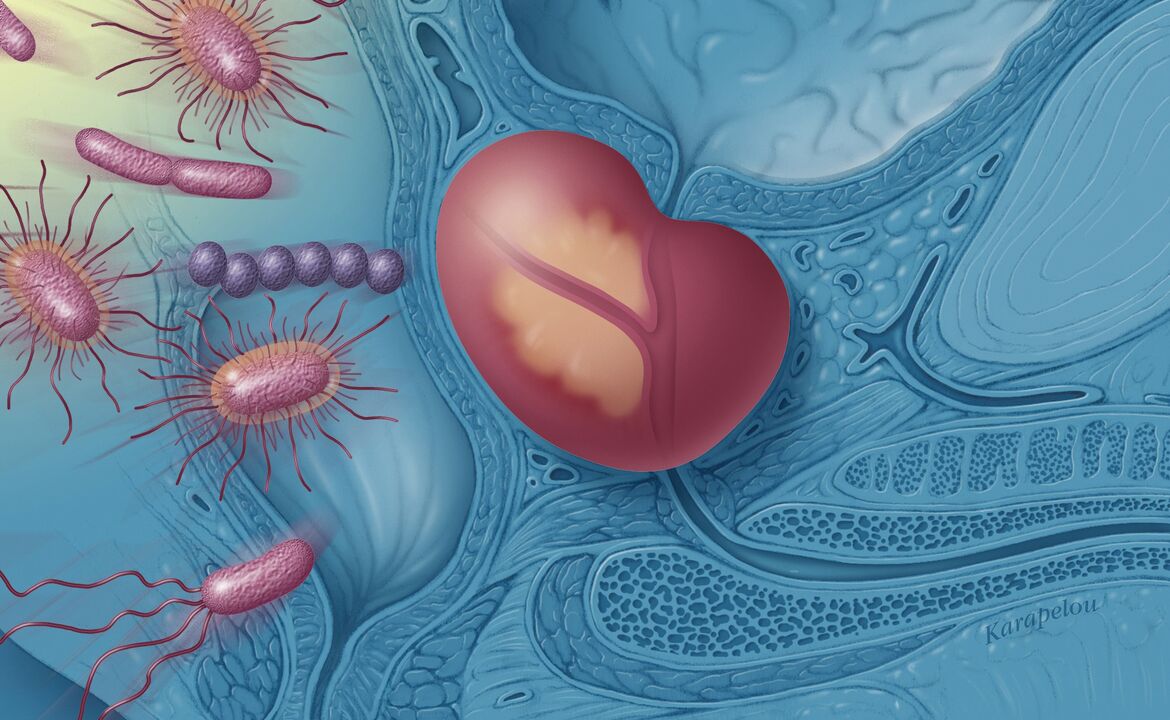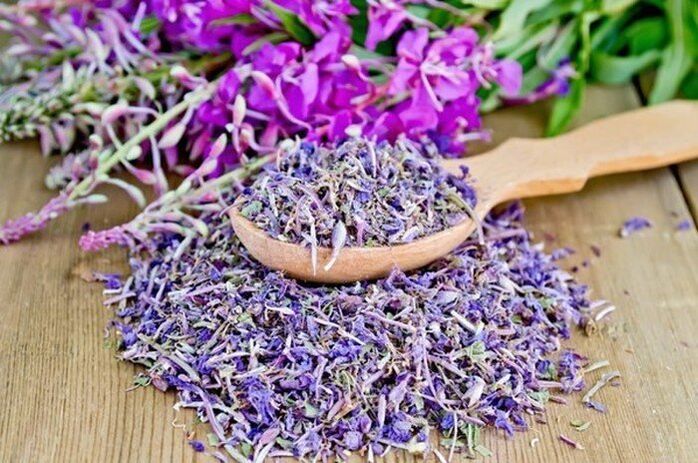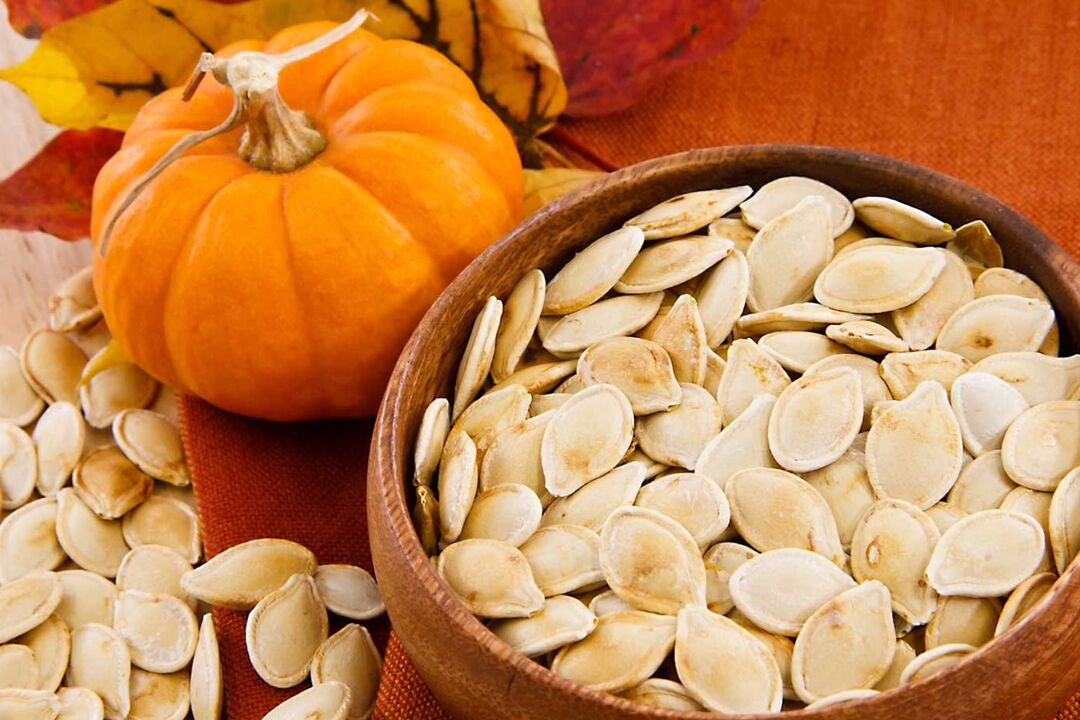Inflammation of the prostate (prostatitis) is a very painful condition. But prostatitis is usually not limited to pain alone and causes even more serious symptoms. Which? How long does prostate inflammation usually last? And what helps with it?
What is prostatitis?
Prostatitis is inflammation of the prostate (prostate). The prostate can become inflamed as a result, for example, of bacteria that can enter the prostate tissue from the urinary tract. Depending on whether the cause of prostate inflammation is bacteria or not, the following types of prostatitis are distinguished:
- bacterial;
- Abacterial prostatitis.
The prostate is a four-centimeter gland, which in men is located below the bladder. It is one of the internal reproductive organs that produces a secretion that mixes with sperm during ejaculation. This secretion provides motility to the sperm and provides support on the way to the female egg.
The prostate in men can become inflamed as a result of inflammation of the bladder or urethra (urethra), and the causative agents of inflammation can be bacteria that migrate from the bladder or urethra to the prostate. In this case we speak of acute prostatitis. In most cases, the infection can be controlled with antibiotics.
In approximately 5 out of every 100 patients, the bacteria remain in the prostate despite treatment, without modifying the inflammation. Diagnosis of chronic prostatitis.
Bacteria are not always the cause of prostate inflammation.
In addition to bacteria, there are other factors that can cause inflammation of the prostate, such as central nervous system (CNS) disorders, mental problems, stress, and chronic inflammation of the bladder wall. Since prostatitis in this case occurs.not due to bacteria, He is calledabacterial prostatitis.
Abacterial prostatitis is sometimes called one of the forms of chronic pelvic pain syndrome (CPPS for short). However, this pain syndrome can also develop without inflammation of the prostate. In addition to inflammatory, there are also non-inflammatory forms of chronic pelvic pain syndrome.
Note:In chronic non-inflammatory pelvic pain syndrome, the symptoms are similar to those of prostatitis, but no bacteria or signs of inflammation are found.
However, in the official classificationprostatitisThe US National Institutes of Health lists inflammatory and non-inflammatory forms of the syndrome.chronicpelvic pain.
According to many, this introducesdoctorsmisleading and, in the worst case, can lead to inappropriate treatment. Unlike inflammation of the prostate, chronic non-inflammatory pelvic pain syndrome does not respond to antibiotic therapy.

Causes of prostatitis
There are a number of factors that contribute to inflammation of the prostate gland. The most important are:
- recurrent urinary tract infections;
- bladder catheterization;
- surgeries in the urogenital area;
- unprotected anal sex.
In these and other circumstances, bacteria can easily enter the urinary tract and cause inflammation of the prostate. If bacteria enter the prostate, it can cause bacterial prostatitis.
Abacterial prostatitis can have more diverse causes. Let's take a closer look at the causes of both types of prostatitis.
bacterial prostatitis

Most bacterial prostatitis is caused by intestinal bacteria such as Escherichia coli or enterococci. If they enter the urinary tract through the opening of the penis, they first cause an infection of the urethra or bladder, then the pathogens enter the prostate gland and cause inflammation of the prostate.
Men who get prostatitis in the hospital often have Pseudomonas aeruginosa. They enter the urinary tract after bladder catheterization.
In rare cases, inflammation of the prostate occurs as a result of sexually transmitted diseases. In this case, the causative agents are mainly chlamydia.
Abacterial prostatitis
In abacterial prostatitis (a form of chronic pelvic pain syndrome), any bacteria can be the culprit. However, after testing, leukocytes (white blood cells that protect the body) are found in the prostate and sperm. This indicates that the body is fighting inflammation.
Specialists do not fully understand or study the causes of this inflammation. This is probably the result of the combined effects of several factors. The following factors may influence:
- impaired immune response;
- central nervous system disorders that affect the nerves and muscles of the genitourinary system and prevent a person from emptying the bladder as usual;
- Mental disorders such as stress, anxiety or depression.
Some experts suggest that hidden infections may be the cause of chronic pelvic pain syndrome. However, this assumption is controversial.
Typical symptoms of prostatitis.
Typical symptoms of acute bacterial prostatitis are:
- frequent urination;
- burning when urinating (usually with a small amount of urine);
- pain in the bladder and perineum;
- pain when defecating;
- nausea vomiting;
- fever and chills.
Chronic bacterial prostatitis also causes pain and problems urinating. However, these symptoms disappear immediately and then appear after some time. Chronic prostatitis is characterized by a recurring course with inflammation that disappears and reappears. It can last many months.
Another characteristic sign of chronic inflammation of the prostate is erectile dysfunction.

Bacterial inflammation of the prostate, which is not caused by bacteria, essentially causes symptoms similar to those of chronic bacterial prostatitis. Additionally, victims sometimes complain of pain during ejaculation.
Special case: asymptomatic inflammation of the prostate.
In rare cases, the doctor may detect an increased number of white blood cells in the ejaculate or secretions from the prostate, but the affected person may not feel pain or other symptoms of prostate inflammation.
These cases are classified as asymptomatic inflammation of the prostate and are usually discovered incidentally as part of a cancer or infertility screening.
Diagnosis
A doctor can diagnose acute bacterial prostatitis by asking the patient about his symptoms and examining the prostate. First, the doctor feels the prostate with his finger. If, upon palpation, heat and swelling are felt in the prostate area and the patient feels pain, this indicates acute bacterial inflammation.
To confirm the diagnosis, the doctor may also perform a urinalysis and draw blood from the patient to examine the level of inflammatory cells.
Chronic bacterial inflammation of the prostate cannot be diagnosed by palpation alone. For example, if the patient is between two episodes of inflammation, the doctor will not be able to detect severe swelling during palpation. Therefore, blood and urine tests are necessary to diagnose chronic bacterial prostatitis.
To detect chronic prostatitis, a urine sample is not enough. Because if the urine contains white blood cells and bacteria, this can also indicate a urinary tract infection. To find out if inflammation is affecting the prostate, your doctor will need to examine several urine samples.
Prostatitis treatment
The treatment that will help with inflammation of the prostate depends on the cause: if the inflammation was caused by bacteria, the therapy will be different from the treatment of abacterial prostatitis. However, in both cases, the doctor can prescribe anti-inflammatory drugs (so-called antiphlogistics).
Treatment of bacterial prostatitis.
For bacterial inflammation of the prostate, antibiotics will help eliminate the symptoms.
- In case of mild acute prostatitis, the doctor should prescribe antibiotics from the fluoroquinolone group and the patient should take them for 10 days.
- If the inflammation is severe, the doctor may give the patient broad-spectrum antibiotics.
- If it is chronic inflammation, the patient usually takes a fluoroquinolone for 4-6 weeks.
Treatment of abacterial prostatitis.
Doctors often try to control nonbacterial inflammation of the prostate using a combination of different medications. For example, in addition to anti-inflammatory medications, they may also prescribe so-calledalpha-1 receptor blockers. They relax the muscles of the prostate and bladder and thus promote emptying of the bladder.
Depending on your doctor's suspicions about the cause of the inflammation, additional measures may be necessary. For example, it has been suggested that psychological problems may also play a role in the development of nonbacterial prostatitis. In this case, the doctor may recommend psychotherapy.
Additionally, thermal treatments such as baths can often be used to relieve symptoms.
Treatment of prostatitis with home remedies.
Home remedies for prostatitis serve as an alternative to drug therapy. Used for bacterial prostatitis. Before using home remedies, consult your doctor.
fire grass
Fireweed has proven to be an excellent remedy for prostate diseases.

Fireweed is a perennial herbaceous plant. It has small flowers, usually white, but they also come in various shades of red.
Fireweed seeds are small, on their surface there is fluff with which they spread.
There are around 200 species of fireweed, the plant is often considered a weed and can be very toxic, but beneficial effects have only been shown in fireweed. Flowers and roots are used. The content of biologically active substances (myricetin, kaempferol, quercetin, lectin and sitosterol) has a positive effect on the activity of the prostate.
Fireweed Usage:
Pour 1 heaping teaspoon of herb into 1/4 liter of water, bring to a boil and let sit briefly (15 minutes). You should sip it throughout the day (up to 2 cups) fresh.
This medicinal plant is used for various urological diseases, in particular:
- for all prostate diseases, including prostate cancer;
- for kidney diseases;
- for bladder diseases;
- for bladder cancer;
- for wound healing.
Fireweed is effective against inflammation of the urological tract; As a rule, it is combined with other herbs, depending on the nature of the problems, most often with cranberry, goldenrod, horsetail or birch.
Green Tea
Medications in the form of green tea are probably the most pleasant way to treat prostatitis.
It is advisable to drink 3 cups of green tea a day.
This drink promotes frequent urination, which helps cleanse the entire body. In addition, green tea intervenes directly in the detoxification of the body.
Advice!Men are recommended to urinate sitting down. In this way, complete emptying of the bladder is achieved. The sitting position completely releases all the pelvic muscles, so no traces of urine remain in the bladder, in which some pathogenic bacteria would otherwise multiply rapidly.
Nettle
2 handfuls of freshly cut nettle leaves, about 15 cm from the top of the plant, should be poured with 300 ml of drinking water and left to infuse overnight (approximately 12 hours). In the morning, the infusion should be slightly warmed and drunk.
Blueberry
Cranberry is one of the famous prostatitis fighters. The home treatment with cranberries consists of consuming them dried, fresh or canned. In the latter case, however, you should be careful with added sugar.

Cranberry juices are also available in stores. You should also be careful here and read the label carefully to make sure the juice does not contain additional juices from other fruits or artificial sweeteners.
Only 100% cranberry juice has healing effects.
Add dried cranberries to porridge or oatmeal.
Who blueberries are not suitable for:
Cranberries are contraindicated for people taking blood-thinning medications. Cranberry can reduce the antiplatelet effects of the drug, which will cause bleeding.
Ginger
When treating prostatitis, you can pay attention to another useful product - ginger root. Ginger is a promising product for the treatment of this disease. It has a powerful anti-inflammatory effect and antioxidant properties, disrupts the reproductive cycle of cancer cells (which is especially important in the treatment of prostate cancer) and promotes apoptosis. Additionally, ginger is not toxic to other fast-growing cells.
It should be taken after meals, adding the root to tea (preferably green).
Pumpkin seeds
As practice shows, the most effective method of treating prostatitis is to use fresh, not dried, pumpkin seeds.

Preparation:Pumpkin seeds must be crushed. The resulting mass is mixed with honey in equal proportions and slightly heated. Then it must be left in the refrigerator for several hours, after which it should form balls the size of a walnut.
The balls are taken before meals, 1-2 times a day, daily.
As a preventive measure, you can eat 4 to 5 pumpkin seeds a day. They contain zinc, selenium and other biochemical substances that reduce inflammation in the body, including the prostate, and have a positive effect on the formation of the male hormone testosterone.
chestnuts
Chestnuts are also effective and have no side effects, which is very important for older people.
Chestnuts should be peeled, grind the grain into small pieces, pour boiling water over it and leave for an hour.
The decoction should be taken 3 times a day before meals, 30 drops.
regular sex
Regular sex, like masturbation, cleanses the prostate, promotes blood circulation and prevents local inflammation.
Prognosis: duration and course of prostatitis.
Acute prostatitis usually responds well to treatment. If the patient takes the antibiotics prescribed by the doctor, the pain and fever usually disappear within 36 hours. After a few days, symptoms should decrease significantly.
Chronic prostatitis lasts several months and usually occurs in relapses, between which the patient experiences little or no discomfort. Chronic prostatitis is usually more persistent than acute prostatitis: antibiotic therapy usually lasts several weeks.
Is it possible to prevent prostatitis?
Early treatment of urinary tract infections can prevent germs from spreading to the prostate and therefore inflammation of the prostate. Using condoms can also help prevent inflammation of the prostate caused by certain sexually transmitted diseases.


































